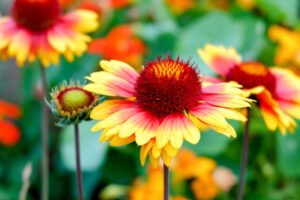In this comprehensive guide, we will explore the best vegetables, flowers, herbs, and landscape plants to sow and nurture during July.
Vegetables To Plant
Planting in July offers an excellent chance to grow a variety of vegetables that can thrive during the hot summer months. Here’s a detailed exploration of ten vegetables that can be planted in this warm Californian month.
Tomatoes
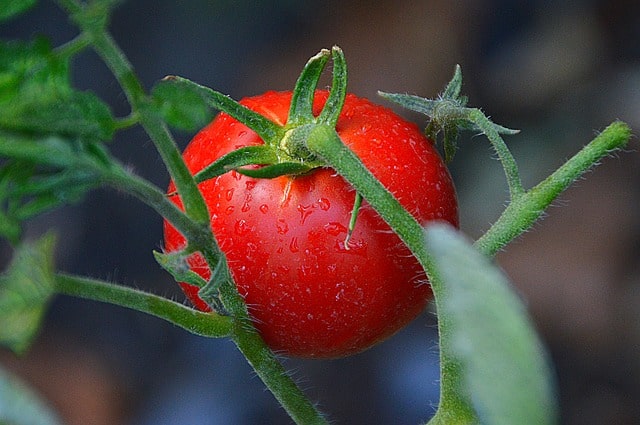
Tomatoes are a quintessential summer vegetable, requiring full sun and well-drained soil. In California’s USDA Zones 9 to 11, they can be planted directly into the ground in July. Opt for heat-tolerant varieties like ‘Sun Gold’ or ‘Early Girl’, which can withstand the higher temperatures that California summers can deliver, with a temperature range of 70°F to 90°F being ideal for growth. Ensure consistent watering, especially as the fruits begin to set.
Basil
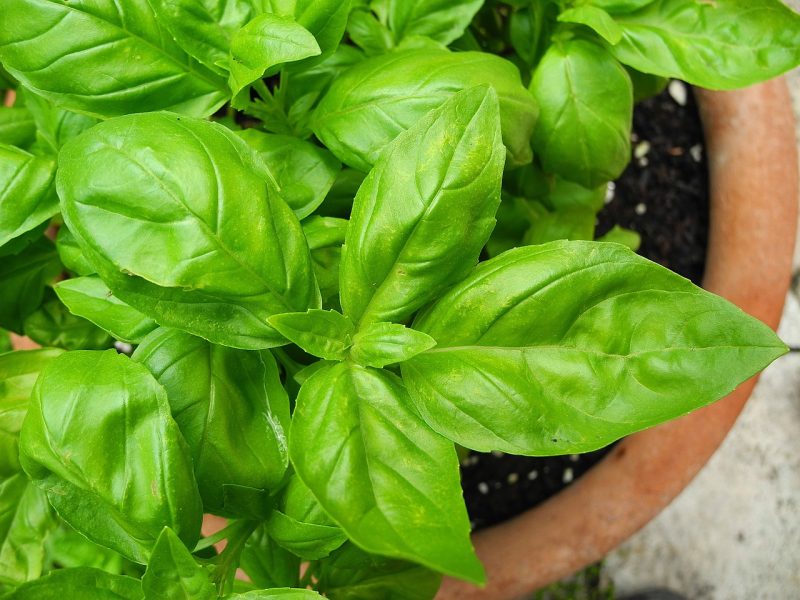
Basil is a heat-loving herb that pairs perfectly with tomatoes in dishes. Plant basil from seeds or transplants throughout California’s regions in July. It thrives in warm temperatures, ideally between 70°F to 90°F, and should be spaced adequately to promote air circulation. Regular pruning encourages bushier plants and a more robust flavor. Given its preference for well-drained soil and full sun, growing it in pots is a great option for those with limited garden space.
Zucchini
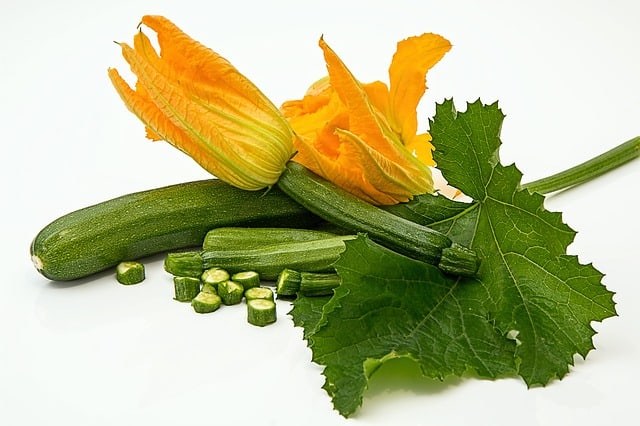
Zucchini is an incredibly versatile vegetable, flourishing in USDA Zones 7 through 10. When planted in July, zucchini seeds can germinate in warm soil and produce fast-growing plants. These likely yield abundant crops, provided they receive adequate water and full sunlight. This squash variety is tolerant of temperatures ranging from 70°F to 95°F. Look out for pests such as squash bugs and ensure proper spacing to prevent disease.
Green Beans
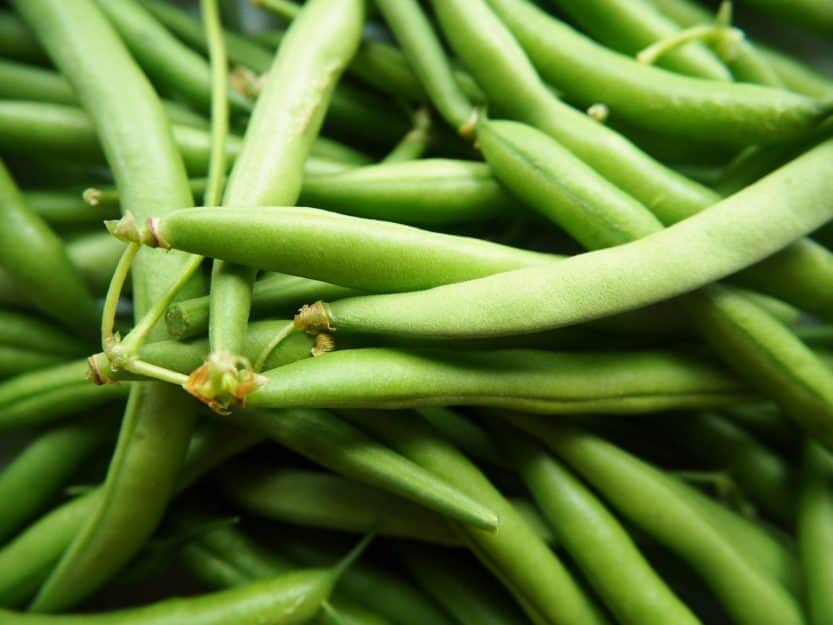
Green beans are a reliable choice for mid-summer planting. In California, they can be directly sown into the ground or started in pots in July. Preferring temperatures between 70°F and 85°F, they grow rapidly and enjoy full sun. Bush varieties are ideal for small spaces, while pole beans can make use of vertical gardening techniques. Regular harvesting promotes continual production, making green beans an excellent choice for home gardeners.
Eggplant
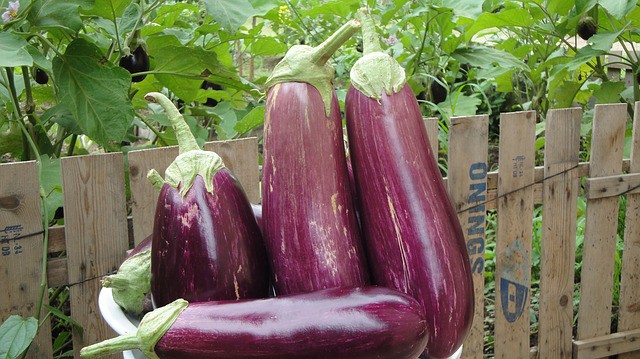
As a warm-season crop, eggplant thrives in July’s heat. Best planted in USDA Zones 9 to 11, they like temperatures around 70°F to 90°F. Eggplants require well-drained soil rich in organic matter. Choose varieties like ‘Black Beauty’ or ‘Italian Long’. Space them properly to avoid fungal diseases and provide support as the fruits develop. Harvest when they are still shiny and firm.
Cucumbers
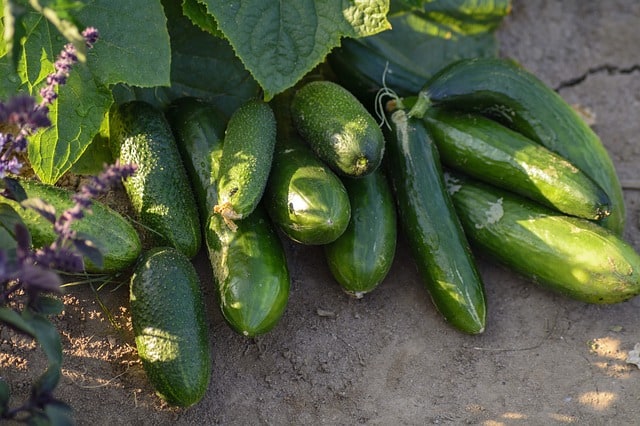
Cucumbers grow well in the warm summer months and can be planted in July across much of California. They require temperatures between 70°F and 95°F to germinate effectively. Both slicing and pickling varieties are available, so choose based on your culinary needs. Cucumbers thrive in full sun, so a location with at least six hours of light is essential. Use mulch to conserve moisture and keep the soil temperature steady.
Bell Peppers
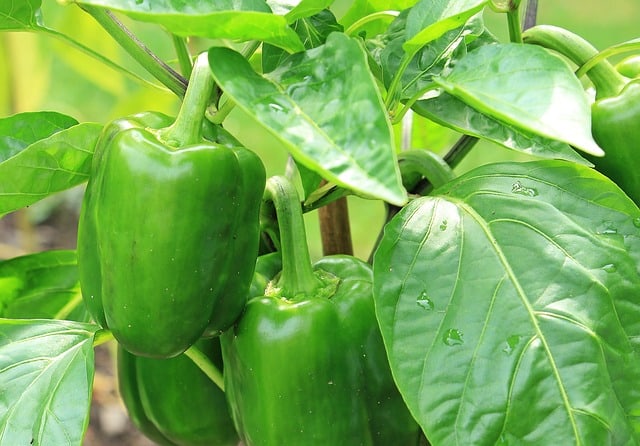
Bell peppers are another summer favorite that can be planted in July in California. They enjoy warm soil, with optimal growth between 70°F and 85°F. Transplant seedlings in well-drained soil to ensure good drainage and airflow. Use stakes or cages for support, especially as the fruits develop. Varieties like ‘California Wonder’ and ‘Sweet Chocolate’ are excellent choices for growing in the California sun.
Squash
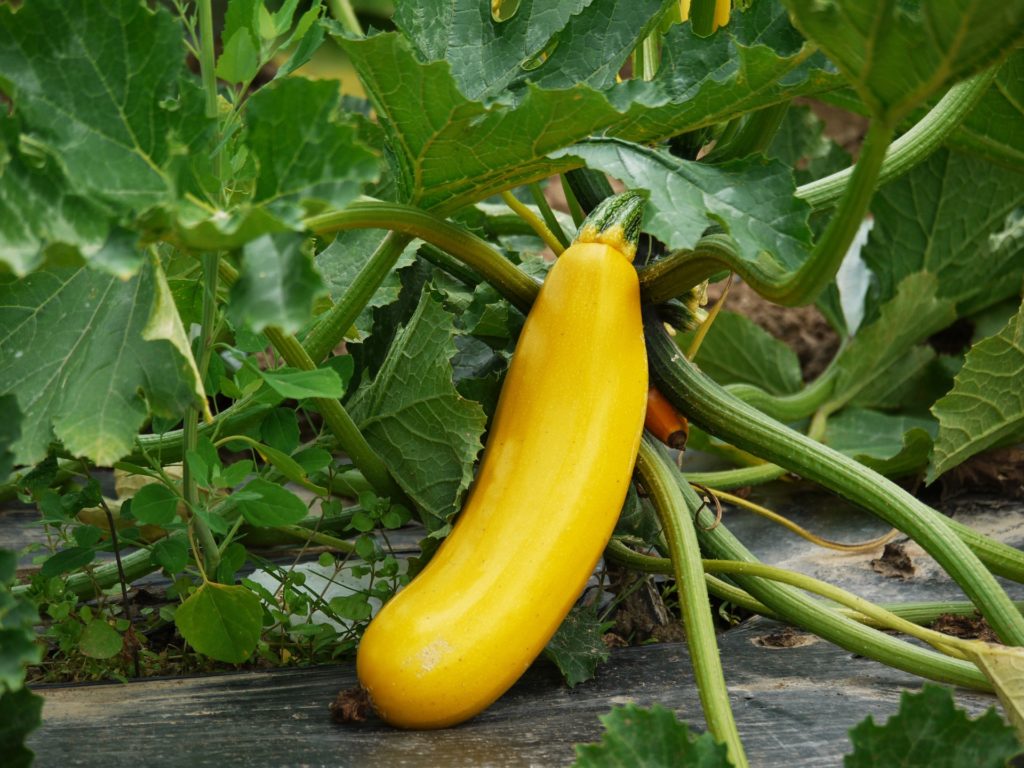
Summer squash varieties, such as yellow squash and pattypan, can be sown in July. They require warmth and will flourish in California’s heat, preferably with soil temperatures between 70°F and 95°F. These plants prefer good air circulation to minimize fungal diseases, so planting at adequate spacing is crucial. Harvest them regularly to encourage further production, as neglecting to pick can lead to overgrown and less palatable fruits.
Carrots
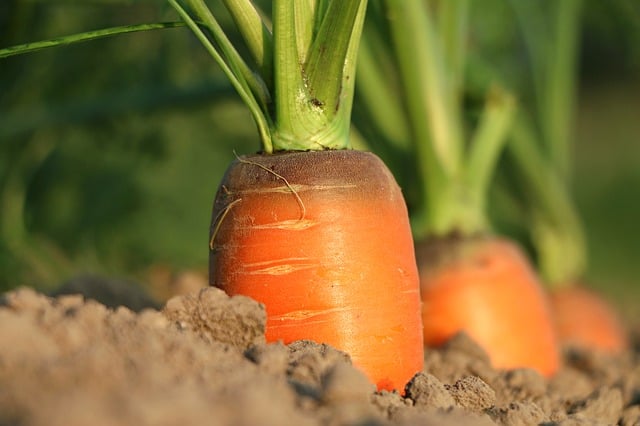
Although typically planted earlier in the season, carrots can still be sown in July in many parts of California. Choose varieties like ‘Nantes’ or ‘Danvers’, which are tolerant to the heat but will need consistent watering as the weather warms. Carrots prefer loose, sandy soil that hasn’t been compacted, making them an excellent choice for raised beds. Cover newly sown seeds with a light layer of mulch to retain moisture.
Lettuce

Lastly, although it may seem counterintuitive, certain heat-tolerant lettuce varieties can be successfully planted in mid-July. California has specific varieties such as ‘Butterhead’ and ‘Loose Leaf’ that can handle the heat while providing a refreshing crunch for summer salads. Plant them in a location that gets partial shade, especially as the temperatures can sometimes soar above 90°F. Be vigilant with watering to ensure crisp leaves.
Flowers To Plant
In addition to vegetables, July is an excellent month for planting flowers that can withstand California’s summertime heat. Here’s a detailed look at ten fabulous flowers to brighten your garden in July.
Sunflowers

Sunflowers are iconic summer blooms, thriving under the Californian sun. They can be sown from seeds directly into the ground in USDA Zones 3 to 10. Preferring full sun and temperatures above 70°F, these plants are drought-resistant once established. Besides their cheerful appearance, sunflowers can be beneficial to pollinators, attracting bees and butterflies to the garden.
Marigolds
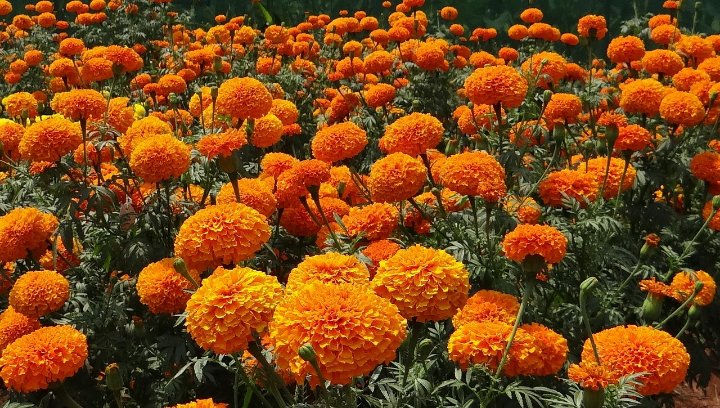
Marigolds bring vibrant color and pest deterrence to gardens. These resilient flowers do well when planted in July across California, favoring well-drained soil and temperatures ranging from 60°F to 85°F. Their easy maintenance and ability to bloom until frost make them a favorite for summer gardens. Deadheading spent flowers encourages further blooming throughout the season.
Mexican (Sage) Mint Marigold

Contrary to the usual marigolds, the Mexican mint marigold is an excellent flower for California’s gardens. It can be planted in July and prefers the warm weather of USDA Zones 8 to 11. The sage-like leaves add aromatic value, while its bright yellow flowers attract beneficial insects. These hardy plants make an interesting addition to both gardens and culinary dishes.
Lantana
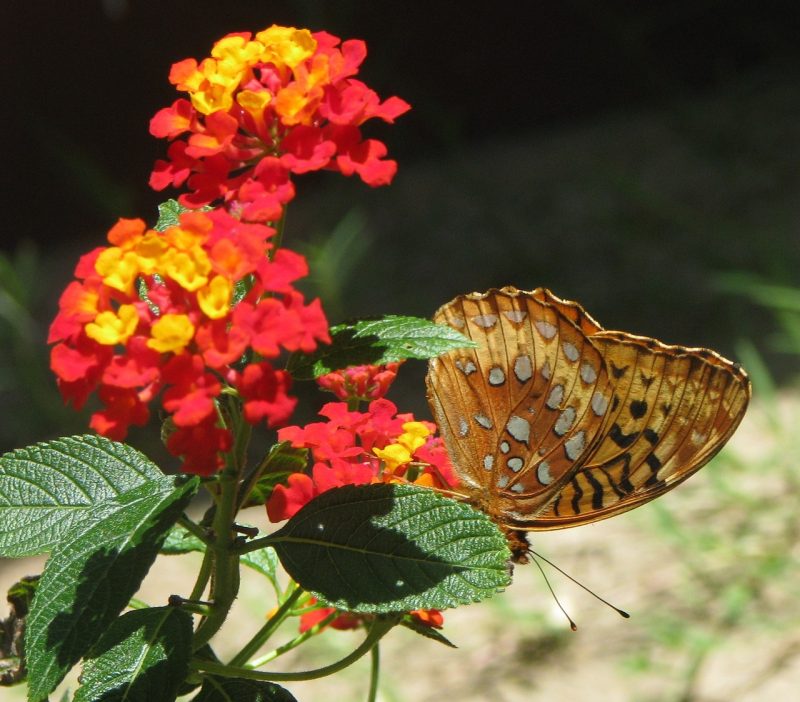
Lantanas are beautiful flowering plants that thrive in California’s heat, making them perfect for July planting. Resistant to drought and able to bloom from spring through fall, they flourish in full sun and can tolerate temperatures up to 100°F. Lantana bushes are excellent for attracting butterflies and are ideal for garden beds or as ground cover.
Black-Eyed Susan
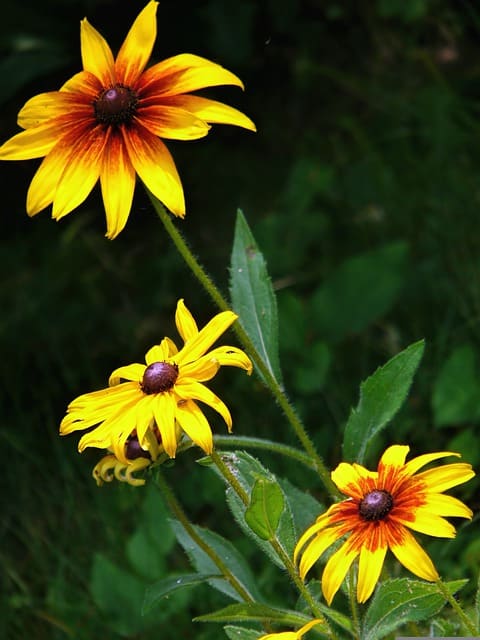
Black-eyed Susans thrive in hot, sunny conditions found in many parts of California. These resilient flowers prefer USDA Zones 3 to 10 and will flourish with minimal care. They are tolerant of drought and attract pollinators, making them an excellent addition to native gardens. Plant seeds in well-drained soil, ensuring that they’re planted in a sunny spot.
Zinnias

Zinnias are exuberant summer flowers that can be planted in, favoring full sun and warm temperatures between 70°F to 90°F. These flowers come in a wide array of colors and sizes, making them perfect for any garden style. Their ability to thrive in different soil types makes them a versatile choice. Regular deadheading will extend the blooming period, keeping your garden full of life.
Cosmos

Cosmos are treasured for their delicate blooms and impressive resilience in sunny gardens. Sow seeds directly into garden beds in July, where they can withstand temperatures of 60°F up to 90°F. These flowers require minimal maintenance and thrive in poor soil conditions, making them an excellent choice for beginner gardeners. They attract beneficial insects, enhancing the biodiversity in your garden.
Morning Glory

Morning glories are known for their stunning, trumpet-shaped flowers and vigorous climbing ability. Plant them in July in well-drained soil with full sun to encourage their blooms. They flourish in temperatures ranging from 60°F to 95°F and are ideal for trellises, fences, or creating natural screens. However, because they can spread rapidly, be sure to manage their growth as needed.
Sweet Peas
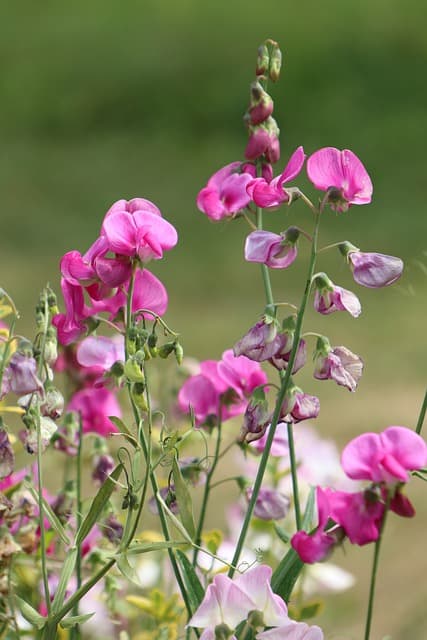
While often known as a spring flower, sweet peas can still be sown in early July in some areas of California, especially along the coast. These fragrant flowers prefer the cooler end of the temperature spectrum, ideally around 60°F to 75°F. Sweet peas thrive in well-drained soil and require support for climbing. Be sure to provide ample water until they’re established, and enjoy their delightful fragrance.
Lavender

Lavender is a drought-resistant perennial that thrives in summer, favoring well-drained soil and full sun. When planted in July, lavender will flourish during the warmer temperatures and bring delightful fragrance. It grows well in USDA Zones 5 to 9 and does best with minimal supplemental water once established. This herb is lovely not just in gardens but is also beneficial in numerous culinary and therapeutic applications.
Herbs To Plant
Herbs can be a vibrant and aromatic addition to any Californian garden. July provides an excellent opportunity to sow herbs that can tolerate the summer heat. Here are ten herbs perfect for planting in July.
Cilantro
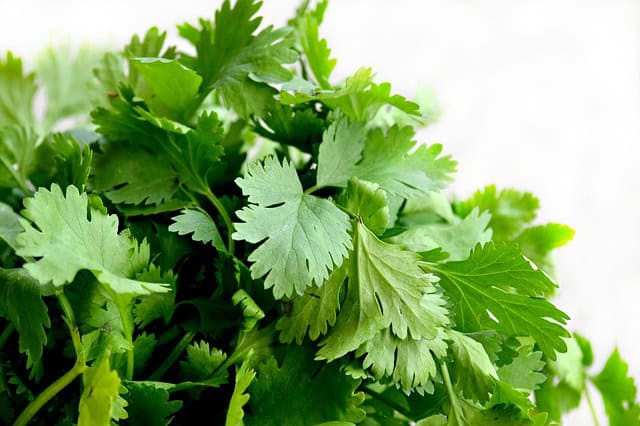
Although cilantro is more commonly associated with cooler seasons, it can still be planted in early to mid-July in the coastal regions of California. This herb thrives in temperatures around 60°F to 75°F, but it can bolt if temperatures exceed 80°F. Plant in well-drained soil and ensure regular watering. Harvest leaves frequently to encourage new growth and prevent flowering.
Dill
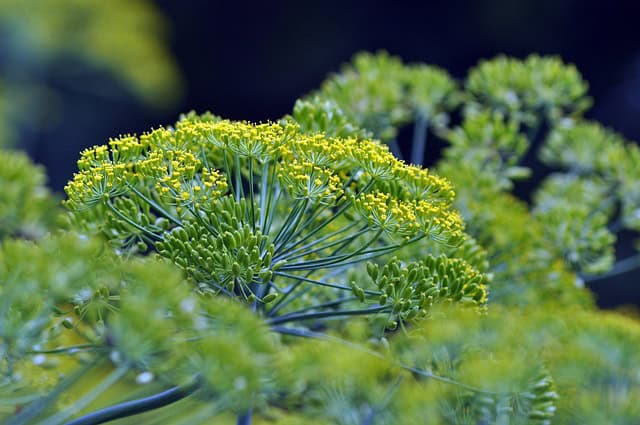
Dill is a lovely herb that can be planted in July. It prefers full sun and well-drained soil, thriving in temperatures between 70°F and 80°F. This herb can be grown directly from seed and will attract beneficial bees and butterflies. Dill is excellent for culinary use, particularly in pickling, and its feathery fronds add beautiful texture to any garden.
Oregano
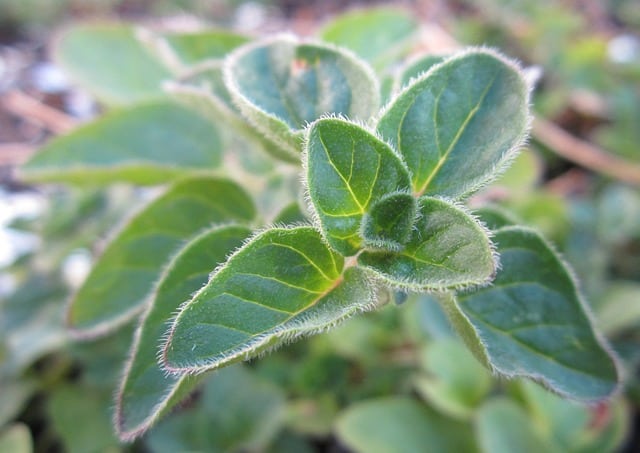
Oregano is a resilient herb that flourishes in heat and is perfect for July planting. It can withstand temperatures ranging from 70°F to 90°F and makes an excellent addition to culinary dishes. Plant oregano in well-draining soil and plenty of sunlight. This perennial herb can be harvested throughout the growing season, ensuring your kitchen always has fresh flavors on hand.
Thyme
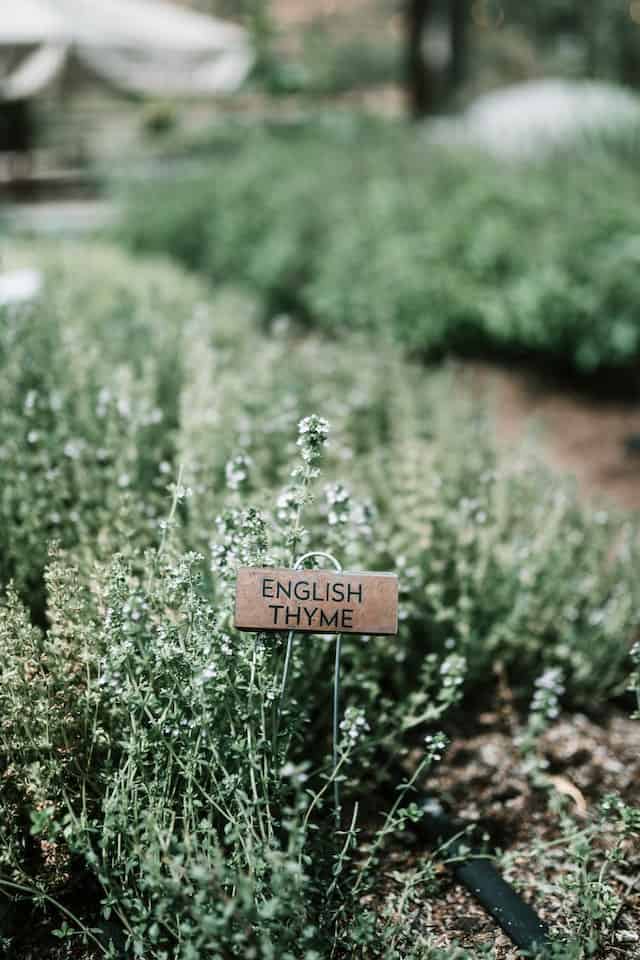
Thyme is an excellent choice for any herb garden, capable of thriving in warm conditions. Planting thyme in July allows it to build strong roots in the heat, requiring well-drained soil and a sunny location. Thyme prefers a temperature range of 70°F to 85°F, and with regular pruning, it can develop into a thriving perennial that lasts for years.
Chives

Chives are hardy herbs that can tolerate heat and provide a mild onion flavor for culinary use. July is an excellent time to plant chives in USDA Zones 4 to 9. Chives prefer full sun and moist soil but should not be overwatered. Regular harvesting promotes continued growth and keeps the plants from flowering. Chives are also excellent companions for vegetables, enhancing their growth.
Mint
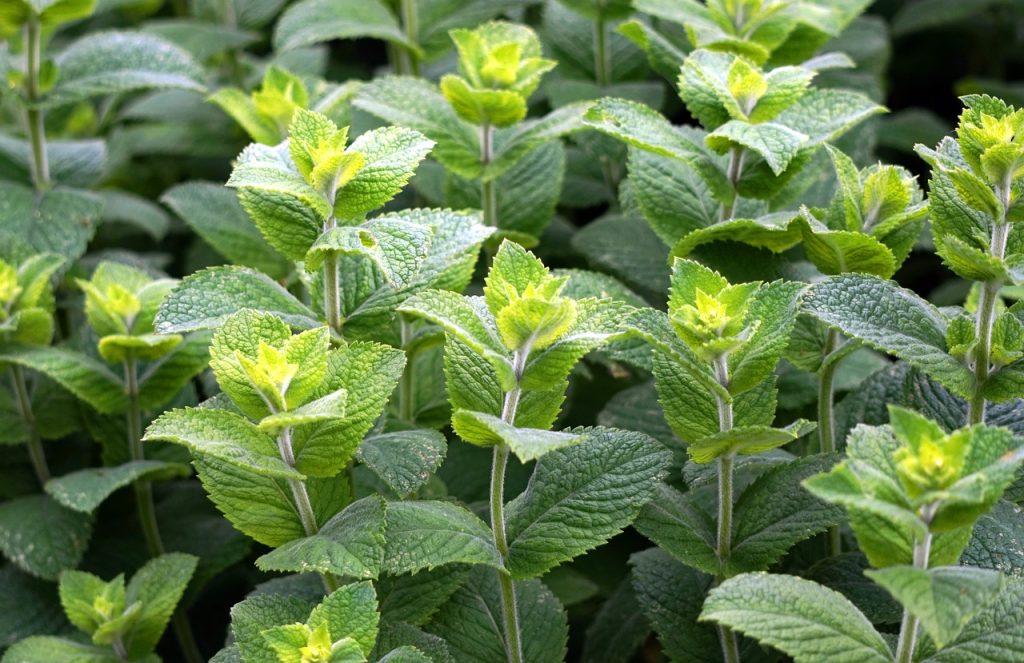
Mint is a vigorous grower that thrives well when planted in July. This herb requires plenty of sunlight and well-drained soil but can tolerate various conditions. Once established, mint is drought-tolerant, which is beneficial during hot California summers. However, due to its aggressive growth, it’s often best to grow mint in containers to prevent it from overtaking other plants in the garden.
Tarragon
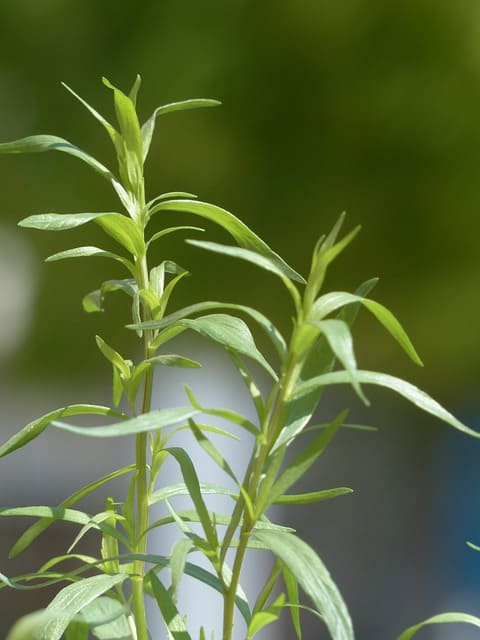
French tarragon is an aromatic herb that can be planted in July, especially in the warmer inland regions of California. This perennial prefers well-draining soil and enjoys full sunlight, with temperatures ranging from 70°F to 85°F. Tarragon can enhance many dishes, such as dressings and marinades, bringing delightful flavor to the table.
Parsley
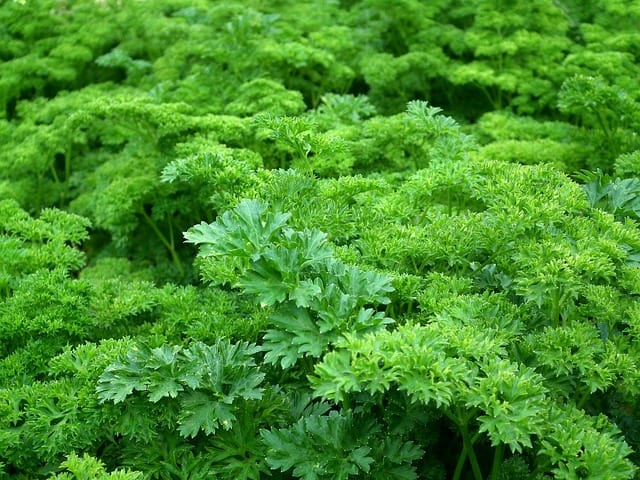
Both curly and flat-leaf parsley can be planted in July in many regions of California. They thrive in well-drained soil and do well in partial shade, making them ideal for hotter climates. Parsley prefers temperatures around 60°F to 75°F, and it can be harvested continuously throughout its growth cycle. This herb is an excellent addition to summer dishes and can also be grown in containers for convenience.
Saffron Crocus

While saffron crocus bulbs are typically planted in the fall, they can be planted in July in warmer regions for a late summer bloom. This unique herb thrives in warm climates and can withstand high temperatures, ideally above 70°F. The flowers produce saffron, a highly prized spice. Ensure well-draining soil to prevent bulb rot and plant them in full sun for optimal growth.
Lemon Balm

Lemon balm is a delightful herb that enjoys warm weather and can be planted in July. Thriving in full sun and well-drained soil, this perennial herb prefers temperatures around 70°F to 80°F. Lemon balm is not only aromatic but also has calming properties. Regular harvesting encourages bushy growth, making it an attractive and flavorful addition to both gardens and recipes.
Landscape Plants To Plant In July
July serves as a vibrant time for landscape planting. Here’s a curated selection of ten landscape plants that thrive in California’s warm climate.
Agapanthus

Agapanthus, or African lily, is an eye-catching perennial that flourishes during California summers. Best planted in well-drained soil with ample sunlight, these plants can manage heat well, requiring water only when establishing. Blooming in mid-summer, agapanthus produces clusters of blue or white flowers. They are drought-tolerant once established, making them ideal for low-maintenance landscapes.
Salvia
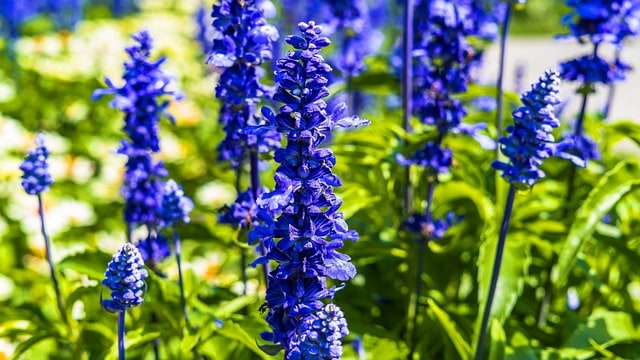
Salvia is a versatile name for several flowering plants that are excellent for California gardens. Ideal for July planting, salvia varieties such as ‘Mealy Cup Sage’ or ‘Autumn Sage’ can thrive in warmer conditions. They enjoy full sun and can handle temperatures from 70°F up to 100°F. Salvia attracts pollinators, highlighting its significance to both aesthetics and ecological health.
Echinacea
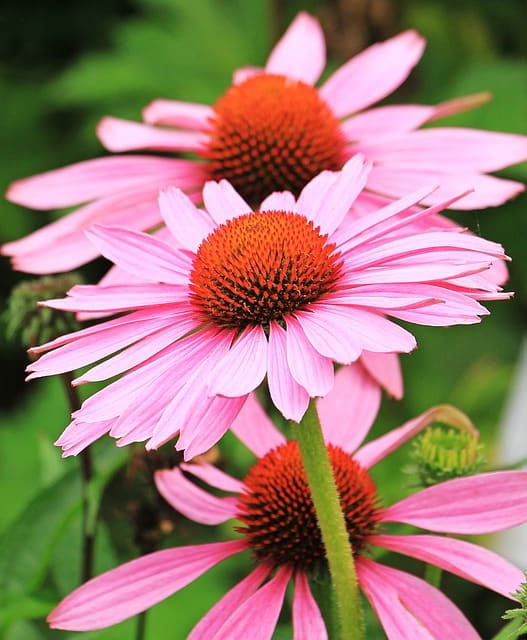
Echinacea, or coneflower, is a resilient perennial that thrives in summer conditions. Ideal for USDA Zones 3 to 9, Echinacea can be sown in July across California. It prefers well-drained soil and full sun, tolerating a temperature range of 70°F to 90°F. Once established, it requires minimal maintenance and often attracts pollinators. Its flowers can also be harvested for medicinal use.
Yarrow

Yarrow is a hardy, drought-resistant perennial that can thrive in various conditions. Planting in July allows these flowers to establish roots well before the fall. Yarrow prefers well-drained soil and can tolerate varying temperatures, making it suitable for different Californian climates. The flowers are excellent for attracting pollinators and can be used in dried floral arrangements.
Ornamental Grasses
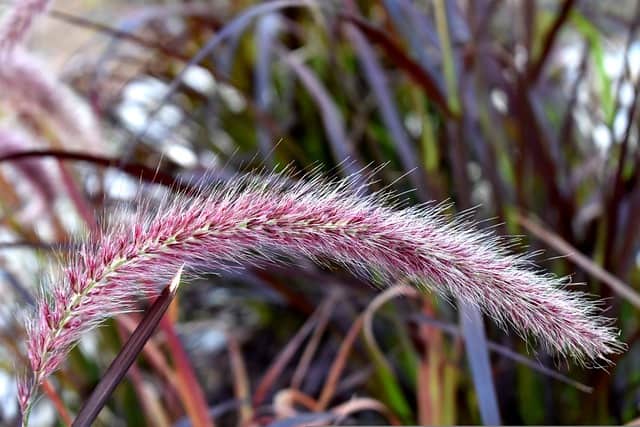
Ornamental grasses offer unique textures and colors to landscapes, and many varieties thrive with summer plantings. They prefer full sun and can handle temperatures rising over 90°F. Varieties like ‘Mexican Feather Grass’ or ‘Blue Oat Grass’ are excellent choices for sandy or well-draining soils. Once established, they require minimal water.
Daylilies
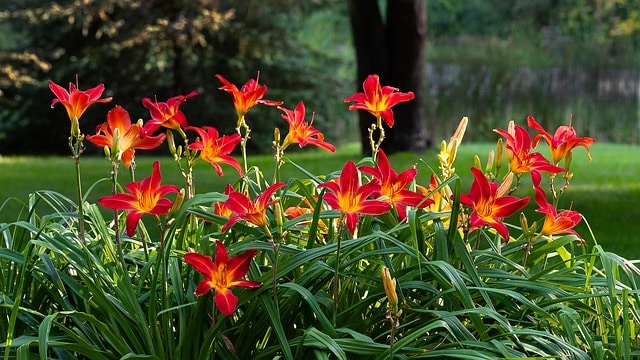
Daylilies are beautiful perennials that enjoy sunny conditions and can withstand California’s summer heat. Planting in July allows these plants to establish themselves before they bloom. They require well-drained soil and can tolerate a range of temperatures, flourishing between 70°F and 90°F. They come in many colors and require minimal maintenance, making them an excellent addition to any landscape.
Bougainvillea
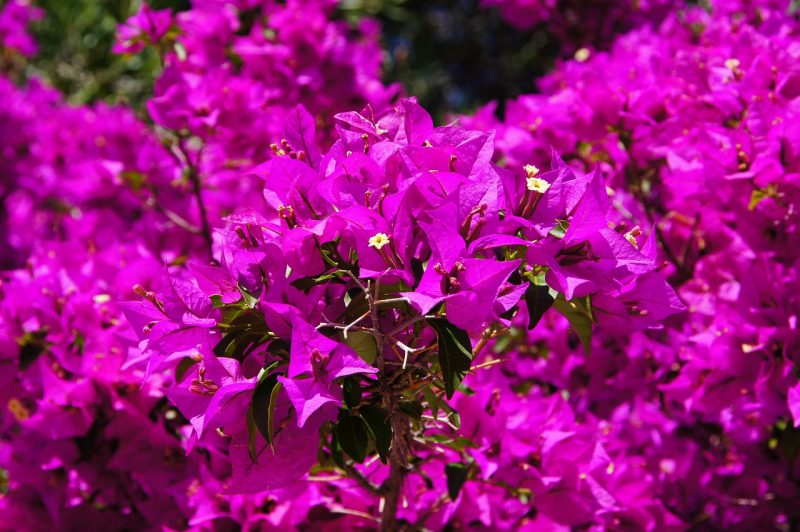
Bougainvillea is a breathtaking tropical vine that can transform any landscape into a vibrant display. This plant thrives in sunny spots and can tolerate California’s heat, ideally growing in USDA Zones 9 to 11. Bougainvillea prefers temperatures between 80°F and 90°F and requires well-drained soil. Ensure adequate support for climbing, and be ready to prune to maintain its desired shape.
Sage

Sage varieties, such as ‘Texas Sage’ or ‘Golden Sage,’ thrive in California gardens and can withstand heat and drought. July planting allows established roots and beautiful blooms throughout the summer months. Planting is ideal in well-drained soils with full sun, where temperatures can reach 90°F. Sage is often used in landscapes for its aromatic leaves and attractive flowers.
Lavender

Similar to the culinary herb section, lavender serves as both a landscape and culinary plant. Lavender thrives in hot, dry conditions, providing stunning blooms and aroma. Best planted in July, it requires well-draining soil and full sunlight, enduring temperatures of 70°F to 90°F. This perennial is also drought-tolerant once established, making it an optimal choice for low-maintenance gardens.
Sea Oats

For coastal regions of California, sea oats provide an attractive and functional addition to landscapes. These grasses can be planted in sandy soils and tolerate temperatures up to 100°F. Sea oats are excellent for preventing erosion, making them functional as well as beautiful. Regular watering during establishment promotes healthy growth and flowering throughout the summer.



